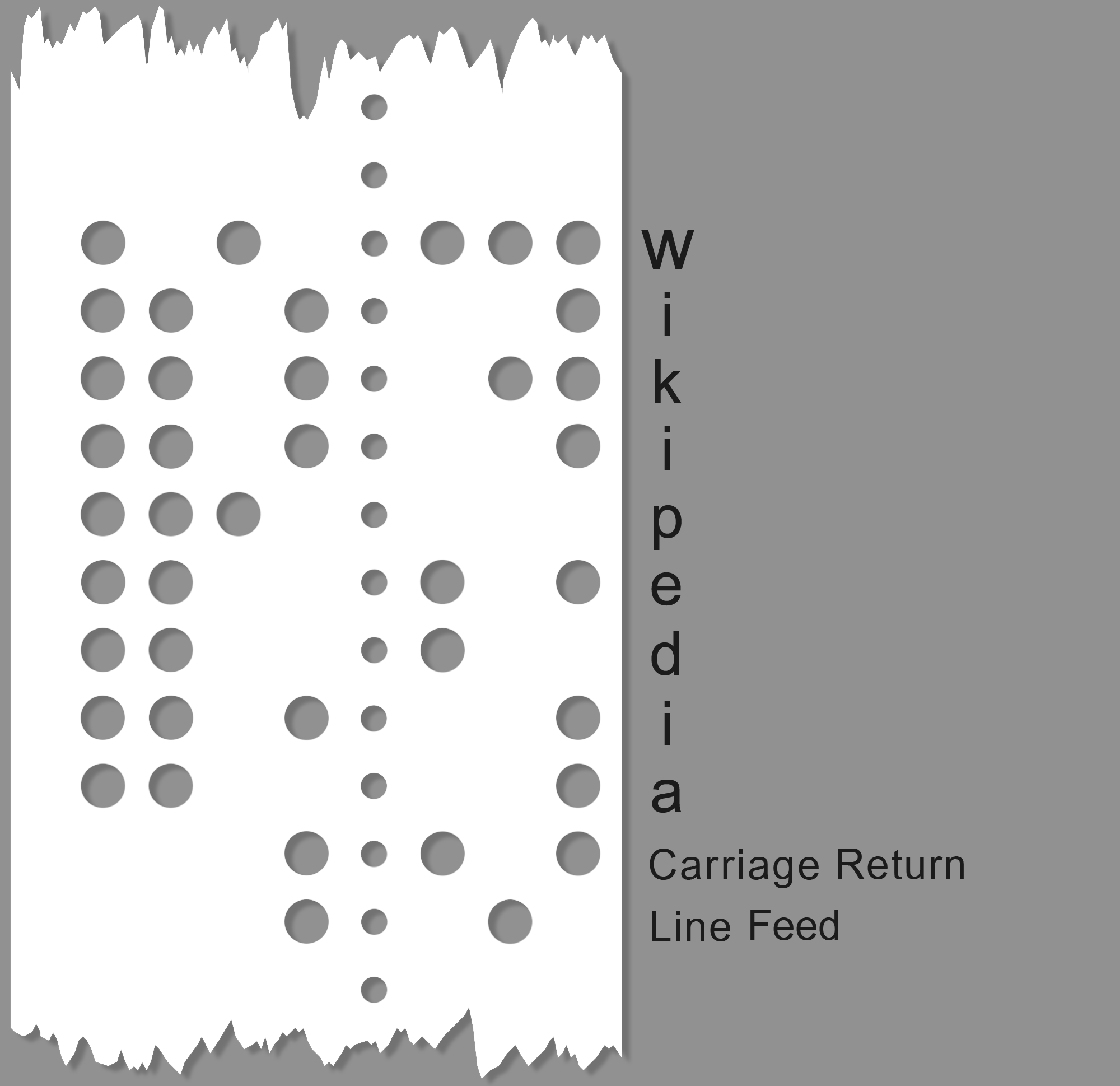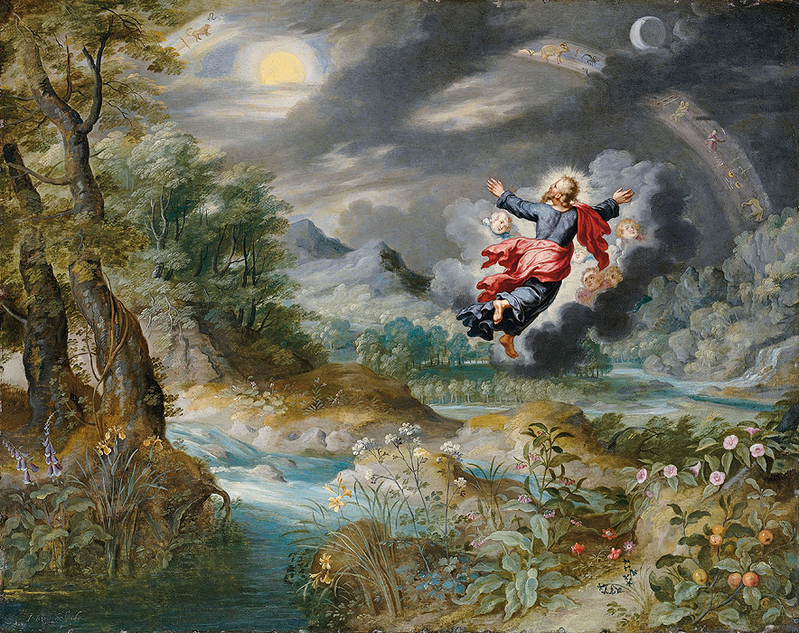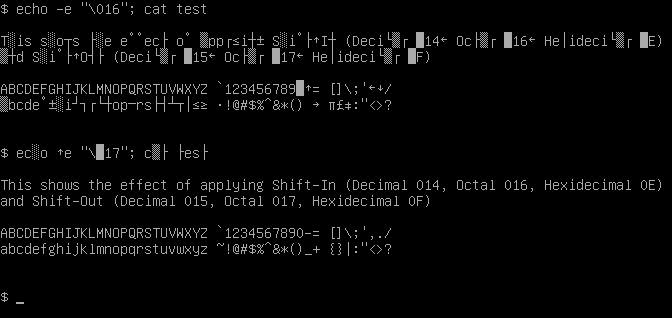|
HP Roman-9
In computing HP Roman is a family of character sets consisting of HP Roman Extension, HP Roman-8, HP Roman-9 and several variants. Originally introduced by Hewlett-Packard around 1978, revisions and adaptations were published several times up to 1999. The 1985 revisions were later standardized as IBM codepages 1050 and 1051. Supporting many European languages, the character sets were used by various HP workstations, terminals, calculators as well as many printers, also from third-parties. Overview HP Roman is a family of single byte character encodings supporting several Latin script based languages of Europe. It was originally introduced by Hewlett-Packard around 1978 as 7- and 8-bit HP Roman Extension for some of their computer terminals and printers. Early versions of the 8-bit variant were also used by some HP workstations in 1978/1979. Several revisions led to more characters being added before the 8-bit variant of the character set became officially known as HP Roman-8 ... [...More Info...] [...Related Items...] OR: [Wikipedia] [Google] [Baidu] |
Character Set
Character encoding is the process of assigning numbers to graphical characters, especially the written characters of human language, allowing them to be stored, transmitted, and transformed using computers. The numerical values that make up a character encoding are known as code points and collectively comprise a code space or a code page. Early character encodings that originated with optical or electrical telegraphy and in early computers could only represent a subset of the characters used in written languages, sometimes restricted to upper case letters, numerals and some punctuation only. Over time, character encodings capable of representing more characters were created, such as ASCII, the ISO/IEC 8859 encodings, various computer vendor encodings, and Unicode encodings such as UTF-8 and UTF-16. The most popular character encoding on the World Wide Web is UTF-8, which is used in 98.2% of surveyed web sites, as of May 2024. In application programs and operating syste ... [...More Info...] [...Related Items...] OR: [Wikipedia] [Google] [Baidu] |
HP Calculators
HP calculators are various calculators manufactured by the Hewlett-Packard company over the years. Their desktop models included the HP 9800 series, while their handheld models started with the HP-35. Their focus has been on high-end scientific, engineering and complex financial uses. History In the 1960s, Hewlett-Packard was becoming a diversified electronics company with product lines in electronic Measuring instrument, test equipment, scientific instrumentation, and medical electronics, and was just beginning its entry into computers. The corporation recognized two opportunities: it might be possible to automate the instrumentation that HP was producing, and HP's customer base were likely to buy a product that could replace the slide rules and adding machines that were being used for computation. With this in mind, HP built the Hewlett-Packard 9100A, HP 9100 desktop scientific calculator. This was a full-featured calculator that included not only standard "adding machi ... [...More Info...] [...Related Items...] OR: [Wikipedia] [Google] [Baidu] |
Right Curly Bracket
Rights are legal, social, or ethical principles of freedom or entitlement; that is, rights are the fundamental normative rules about what is allowed of people or owed to people according to some legal system, social convention, or ethical theory. Rights are an important concept in law and ethics, especially theories of justice and deontology. The history of social conflicts has often involved attempts to define and redefine rights. According to the ''Stanford Encyclopedia of Philosophy'', "rights structure the form of governments, the content of laws, and the shape of morality as it is currently perceived". Types of rights Natural versus legal * Natural rights are rights which are "natural" in the sense of "not artificial, not man-made", as in rights deriving from human nature or from the edicts of a god. They are universal; that is, they apply to all people, and do not derive from the laws of any specific society. They exist necessarily, inhere in every individual, and can ... [...More Info...] [...Related Items...] OR: [Wikipedia] [Google] [Baidu] |
Vertical Bar
The vertical bar, , is a glyph with various uses in mathematics, computing, and typography. It has many names, often related to particular meanings: Sheffer stroke (in logic), pipe, bar, or (literally, the word "or"), vbar, and others. Usage Mathematics The vertical bar is used as a mathematical symbol in numerous ways. If used as a pair of brackets, it suggests the notion of the word "size". These are: * absolute value: , x, , read "the ''absolute value'' of ''x''" * cardinality: , S, , read "the ''cardinality'' of the set ''S''" or "the ''length'' of a string ''S''" * determinant: , A, , read "the ''determinant'' of the matrix ''A''". When the matrix entries are written out, the determinant is denoted by surrounding the matrix entries by vertical bars instead of the usual brackets or parentheses of the matrix, as in \begin a & b \\ c & d\end. * order: , G, , read "the ''order'' of the group ''G''", or , g, , "the ''order'' of the element g \in G" Likewise, the vertical ... [...More Info...] [...Related Items...] OR: [Wikipedia] [Google] [Baidu] |
Left Curly Bracket
A bracket is either of two tall fore- or back-facing punctuation marks commonly used to isolate a segment of text or data from its surroundings. They come in four main pairs of shapes, as given in the box to the right, which also gives their names, that vary between British and American English. "Brackets", without further qualification, are in British English the ... marks and in American English the ... marks. Other symbols are repurposed as brackets in specialist contexts, such as those used by linguists. Brackets are typically deployed in symmetric pairs, and an individual bracket may be identified as a "left" or "right" bracket or, alternatively, an "opening bracket" or "closing bracket", respectively, depending on the directionality of the context. In casual writing and in technical fields such as computing or linguistic analysis of grammar, brackets nest, with segments of bracketed material containing embedded within them other further bracketed sub-segments. The num ... [...More Info...] [...Related Items...] OR: [Wikipedia] [Google] [Baidu] |
Bell Character
A bell character (sometimes bell code) is a device control code originally sent to ring a small electromechanical bell on tickers and other teleprinters and teletypewriters to alert operators at the other end of the line, often of an incoming message. Though tickers punched the bell codes into their tapes, printers generally do not print a character when the bell code is received. Bell codes are usually represented by the label "BEL". They have been used since 1870 (initially in the Baudot code). To maintain backward compatibility, video display terminals (VDTs) that replaced teletypewriters included speakers or buzzers to perform the same function, as did the personal computers that followed. Modern terminal emulators often integrate the warnings to the desktop environment (e.g., the macOS Terminal will play the system warning sound) and also often offer a silent ''visual bell'' feature that flashes the terminal window briefly. Representations In ASCII the bell characte ... [...More Info...] [...Related Items...] OR: [Wikipedia] [Google] [Baidu] |
Control Pictures
Control Pictures is a Unicode block containing characters for graphically representing the C0 control codes, and other control characters. Its block name in Unicode 1.0 was Pictures for Control Codes. Block History The following Unicode-related documents record the purpose and process of defining specific characters in the Control Pictures block: See also * ISO 2047 ISO 2047 (Information processing – Graphical representations for the control characters of the 7-bit coded character set) is a standard for graphical representation of the control characters for debugging purposes, such as may be found in t ... References {{reflist Unicode blocks ... [...More Info...] [...Related Items...] OR: [Wikipedia] [Google] [Baidu] |
The Unicode Consortium
The Unicode Consortium (legally Unicode, Inc.) is a 501(c)(3) non-profit organization incorporated and based in Mountain View, California, U.S. Its primary purpose is to maintain and publish the Unicode Standard which was developed with the intention of replacing existing character encoding schemes that are limited in size and scope, and are incompatible with multilingual environments. Unicode's success at unifying character sets has led to its widespread adoption in the internationalization and localization of software. The standard has been implemented in many technologies, including XML, the Java programming language, Swift, and modern operating systems. Members are usually but not limited to computer software and hardware companies with an interest in text-processing standards, including Adobe, Apple, the Bangladesh Computer Council, Emojipedia, Facebook, Google, IBM, Microsoft, the Omani Ministry of Endowments and Religious Affairs, Monotype Imaging, Netflix, Salesforce, ... [...More Info...] [...Related Items...] OR: [Wikipedia] [Google] [Baidu] |
Shift Out And Shift In Characters
Shift Out (SO) and Shift In (SI) are ASCII control characters 14 and 15, respectively (0x0E and 0x0F). These are sometimes also called "Control-N" and "Control-O". The original purpose of these characters was to provide a way to shift a coloured ribbon, split longitudinally usually with red and black, up and down to the other colour in an electro-mechanical typewriter or teleprinter, such as the Teletype Model 38, to automate the same function of manual typewriters. Black was the conventional ambient default colour and so was shifted "in" or "out" with the other colour on the ribbon. Later advancements in technology instigated use of this function for switching to a different font or character set and back. This was used, for instance, in the Russian character set known as KOI7-switched, where SO starts printing Russian letters, and SI starts printing Latin letters again. Similarly, they are used for switching between Katakana and Roman letters in the 7-bit version of the Japa ... [...More Info...] [...Related Items...] OR: [Wikipedia] [Google] [Baidu] |
C0 And C1 Control Codes
The C0 and C1 control code or control character sets define control codes for use in text by computer systems that use ASCII and derivatives of ASCII. The codes represent additional information about the text, such as the position of a cursor, an instruction to start a new line, or a message that the text has been received. C0 codes are the range 00 HEX–1FHEX and the default C0 set was originally defined in ISO 646 (ASCII). C1 codes are the range 80HEX–9FHEX and the default C1 set was originally defined in ECMA-48 (harmonized later with ISO 6429). The ISO/IEC 2022 system of specifying control and graphic characters allows other C0 and C1 sets to be available for specialized applications, but they are rarely used. C0 controls ASCII defines 32 control characters, plus the DEL character. This large number of codes was desirable at the time, as multi-byte controls would require implementation of a state machine in the terminal, which was very difficult with contemporary electr ... [...More Info...] [...Related Items...] OR: [Wikipedia] [Google] [Baidu] |
Extended ASCII
Extended ASCII is a repertoire of character encodings that include (most of) the original 96 ASCII character set, plus up to 128 additional characters. There is no formal definition of "extended ASCII", and even use of the term is sometimes criticized, because it can be mistakenly interpreted to mean that the American National Standards Institute (ANSI) had updated its standard to include more characters, or that the term identifies a single unambiguous encoding, neither of which is the case. The ISO standard ISO 8859 was the first international standard to formalise a (limited) expansion of the ASCII character set: of the many language variants it encoded, ISO 8859-1 ("ISO Latin 1")which supports most Western European languages is best known in the West. There are many other extended ASCII encodings (more than 220 DOS and Windows codepages). EBCDIC ("the other" major character code) likewise developed many extended variants (more than 186 EBCDIC codepages) over the decades. All ... [...More Info...] [...Related Items...] OR: [Wikipedia] [Google] [Baidu] |
Ventura International
Ventura International (or ''VENTURA_INT'') is an 8-bit character encoding created by Ventura Software for use with Ventura Publisher. Ventura International is based on the GEM character set, but ¢ and ø are swapped and ¥ and Ø are swapped so that it is more similar to code page 437 (on which GEM was based, but GEM is more similar to code page 865 because the placement of Ø and ø in GEM match the placement in code page 865). There is also the PCL Ventura International, which is used for communication with PCL printers. PCL Ventura International is based on HP Roman-8. Both have the same character set Character encoding is the process of assigning numbers to graphical characters, especially the written characters of human language, allowing them to be stored, transmitted, and transformed using computers. The numerical values that make up a c ..., but a different encoding. Ventura International character set PCL Ventura International character set Conversion tab ... [...More Info...] [...Related Items...] OR: [Wikipedia] [Google] [Baidu] |






